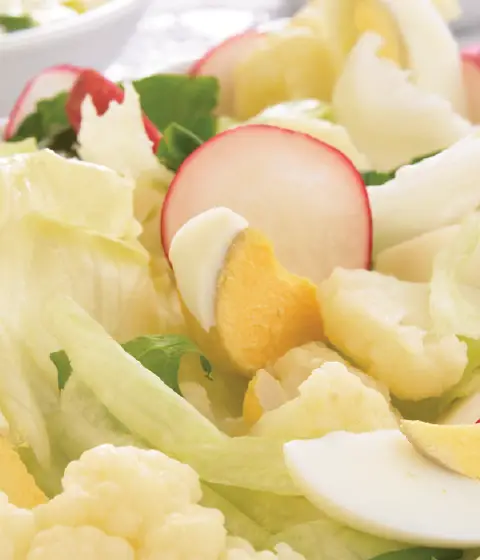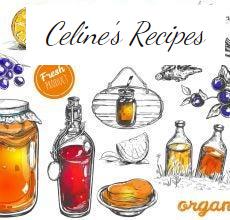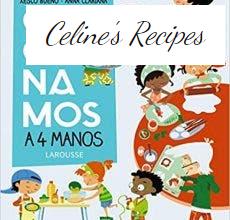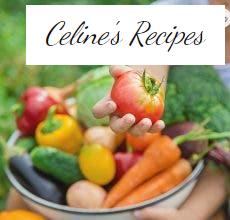
When we talk about gastronomy in my case, I always try to ask myself what the origin is and if this or another recipe has a story to tell, that’s why the book that I present to you today has enchanted me. A small self-gift that you will surely see reflected in the blog from time to time as it will be a good source of consultation. In “ The state of gastronomies. Its history and the recipes of always ”you will find a“ delicious ”style with a very careful text and in which it explains in great detail our gastronomy. What is the origin of most of the foods that we consider everyday today? Do we know, for example, that both dumplings and most Christmas sweets are of Arab origin, while wind fritters or The French toast we eat at Easter bequeathed to us by the Jews?
These and many other questions are asked in this book, it is the new work of the well-known popular from Alava, Fernando González de Heredia, Tote, a work that unites his two passions, gastronomy and history, in an exciting journey that It carries products, dishes and preparations from all the communities in Spain. Tote tells us what was eaten at the tables of Phoenicians, Greeks, Romans and Arabs, where the foundations of current Spanish cuisine are set. A fascinating world that starts 3,200 years ago, when the Phoenicians began fishing for tuna with traps in the Mediterranean, and that ends today every day when we sit down to eat dishes that have hardly changed in the course of time.
Occasionally some ingredients or dishes are branded as avant-garde or novel, but we hardly  find anything really new in gastronomy. For example the foie, which already appears in the year 2600 BC. In inscriptions of pharaonic tombs of Ancient Egypt. The discovery of America later supposed an absolute renewal. However, a fundamental food today such as potatoes was slow to spread because it was claimed to be poisonous, and the pepper was not consumed until the 19th century.
find anything really new in gastronomy. For example the foie, which already appears in the year 2600 BC. In inscriptions of pharaonic tombs of Ancient Egypt. The discovery of America later supposed an absolute renewal. However, a fundamental food today such as potatoes was slow to spread because it was claimed to be poisonous, and the pepper was not consumed until the 19th century.
These new ingredients, added to tomato, chocolate and coffee , were shaping Spanish gastronomy as an amalgam of cuisines, very rich and diverse. There are great differences between the cuisine of the coast, that of the plateau or that of the warmest Spain … The state of gastronomy invites us to enjoy a fascinating journey through the different varieties of wines, touring the Spanish geography inch by inch, to the rich diversity of cheeses, vegetables, fish and seafood, meats, sausages, roasts, soups, stews and historical stews, not to mention monastic pastries, a flourish for festivals and traditional pilgrimages.
This book is a gastronomic journey full of secrets and curiosities that will reveal recipes from yesterday and forever, an exciting journey through the history of our gastronomy, a tasty way of approaching the cuisine that identifies us and reconciles us with the flavors of our lives. In its pages, the author makes a tour of the different influences that have left their mark on Spanish gastronomy: Phoenicians, Carthaginians, Romans and Arabs bequeathed their products to us, the way of cultivating and cooking them with recipes of yesterday and forever
The state of gastronomies. Its history and the recipes of before and forever
- Author:
 Fernando González de Heredia (Tote)
Fernando González de Heredia (Tote) - Number of Pages: Softcover, 362 pages – Format: 16.5 x 19 cm
- Publisher: Ediciones Nobel SA; Edition: 1 (September 15, 2015) – Collection: Kitchen
- Price € 19
- Spanish Language
- ISBN: 978-8484597247
Where to buy the book?
You have it from September 2015 in all your trusted bookstores. If you are outside of Spain you can also buy it online: Amazon , El Corte Inglés, Nobel, La Casa del Libro, Apunto, Fnac,…
A good way to discover the gastronomy of our country that has a raw material of excellent quality. Totally recommended for those who are passionate about gastronomy, cooking and knowing a little more about what we cook. An exciting journey that takes us to the products, dishes and preparations of all the communities in Spain.
To open its pages is to immerse yourself in a wonderful world that started 3,200 years ago, when the Phoenicians began fishing tuna with traps in the Mediterranean, and which ends today every day when we sit down to eat dishes that have hardly changed in the course of the weather.
Did you like it? Share it!
Share Tweet Pin it To print
Receive a weekly email with new recipes and yummy recommendations.
Think of Pixels SL as the owner of Recetasderechupete.com, it will use the data you provide in this form only to send you blog updates. We treat your data with respect. For more information see the Privacy Policy . You can change your mind at any time and unsubscribe by clicking on the footer of any email you receive from this website, or by contacting [email protected]. Yummy recipes use Mailchimp as a platform for sending emails. Mailchimp is covered by the EU-US Privacy Shield agreement, approved by the European Data Protection Committee. By submitting this form, you consent to your data being transferred to MailChimp for processing in accordance with its Privacy Policy .
If you liked this article you will like:
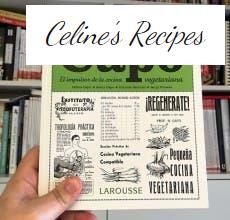
Professor Capo’s cookbook. Vegetarian cuisine
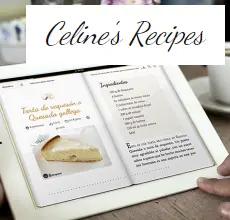
Yummy desserts, 80 recipes to sweeten your life
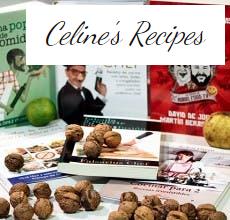
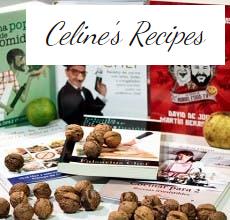
 Fernando González de Heredia (Tote)
Fernando González de Heredia (Tote)
